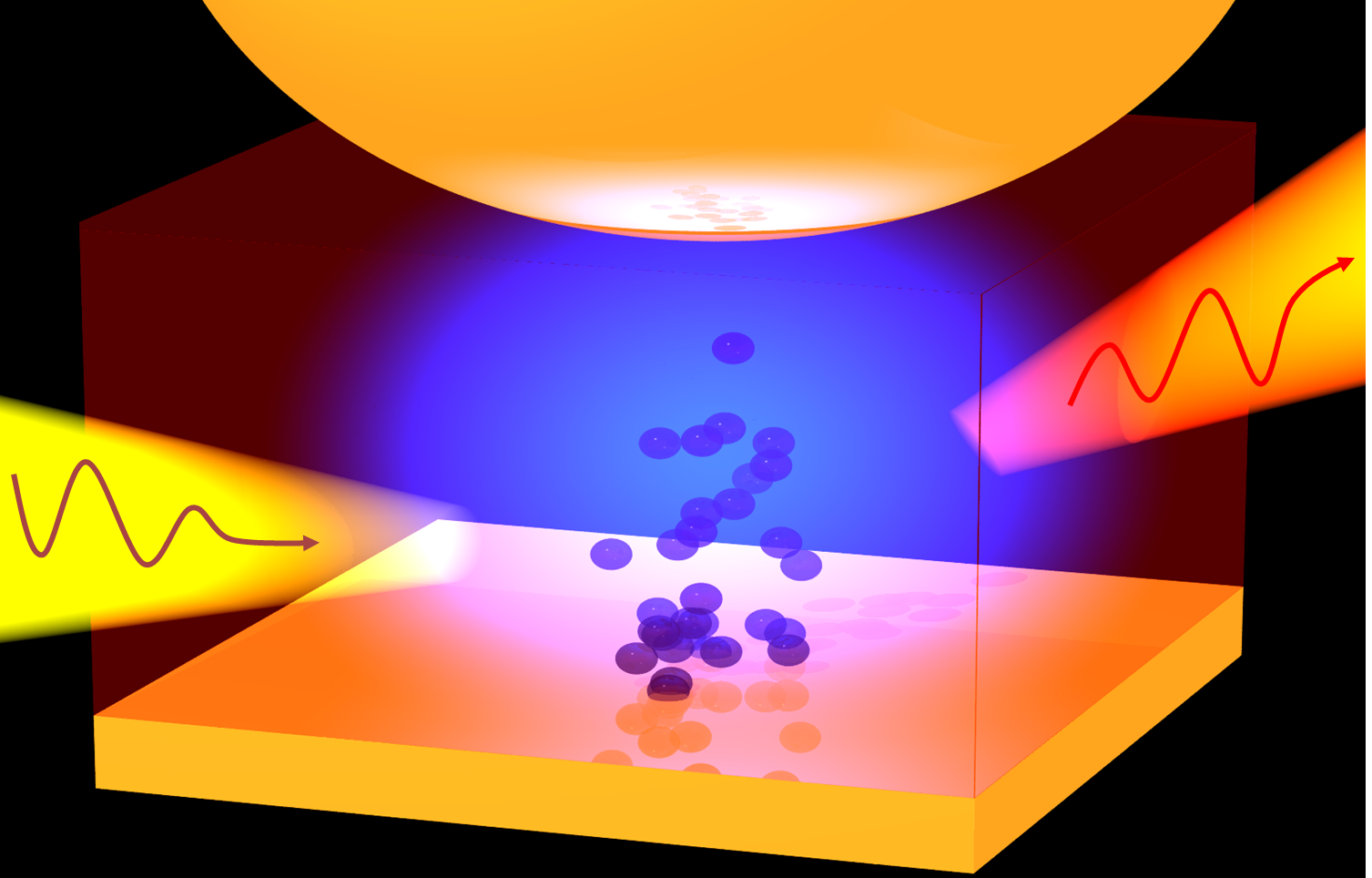Simple with the aid of visible light, researchers have developed a way to see morphological changes happening inside functioning memory devices allowing their breakdown mechanisms to be probed. This result opens up new routes for device optimization and enables large-scale technology applications.
The team, led by researchers from the University of Cambridge, devised a method to investigate in-operando the materials used in random access memories, providing insight in to the operation and potential breakdown mechanisms of the devices.
The results, reported in the journal Nature Electronics, allow to study a specific class of devices, known as memristors, which are low-power, nanosecond response devices that are used in a range of memory-centric technologies. The ability to understand how morphological changes characterise their function is vital in their development, but looking deep inside a 3D nanoscale active device has proved extremely tough with traditional investigation techniques. To solve this, the researchers had to reliably construct cavities only few billionths of a metre (few nanometres) across in order to trap light within the device. They used the tiny gap between a gold nanoparticle and a mirror, and observed how the light coming from this construct was modified when the device was functioning correctly or breaking down.
“This work is a big advance in using simple visible light to unveil how materials behave when inside active devices”, said Dr Giuliana Di Martino, Lecturer at the Department of Materials Science, who led the research. “The strange physics of light interacting with matter on the nanoscale allows to characterise in real-time and in-situ devices where their functioning depends on the materials behaviour confined to few atoms. This way, we can reveal the breakdown mechanisms upon cycling and therefore open new routes for device optimization towards large-scale technology application.”
Gaining understanding into the factors determining device failure mechanisms is a fundamental prerequisite for developing energy efficient and better performing memory devices, which has been an essential goal for enabling a competitive, data driven economy and driving business innovation through digital transformation and the Internet of Things.
The research is funded as part of a UK Engineering and Physical Sciences Research Council (EPSRC), the Winton Programme for the Physics of Sustainability and the Royal Academy of Engineering.
G Di Martino, A Demetriadou, W Li, D Kos, B Zhu, X Wang, B de Nijs, H Wang, J MacManus-Driscoll & J J Baumberg, "Real-Time In-Situ Optical Tracking of Oxygen Vacancy Migration in Memristors", Nature Electronics (2020).

